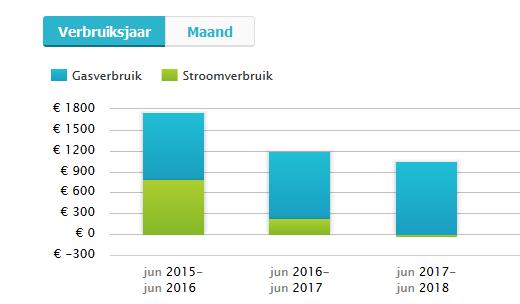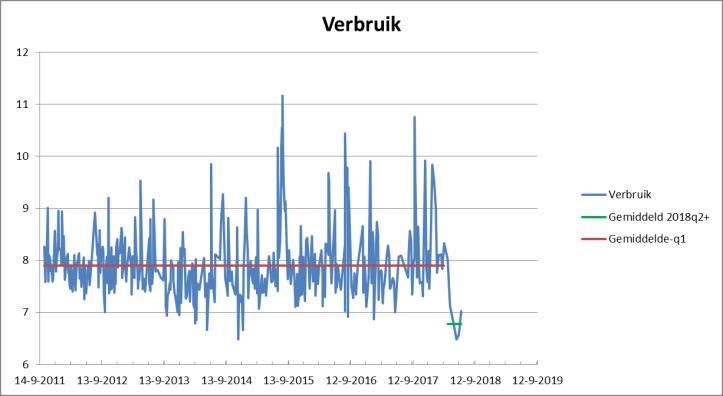| |
Air reflections
29 June 2018 • Ype Wijnia and John de Croon
program management
Mirrors are horrible things, especially early in the morning it can be quite scary[1]. They inexorably return what you put into it, no more and no less. But they do change a bit, they turn around front and rear[2]. For us it seems as if left and right are reversed, but that is because we move in the mirror image, rotate around our own axis and then think that our right arm has become the left arm. It also means that a mirror image (except for special constructions) is not the same as a photograph[3]. In spite of this, mirrors are also useful: how else should you pick a piece of vegetarian wire between your teeth, sniff a line of coke, look around a corner or negotiate in a sole proprietorship? What is also nice: a mirror does it even when there is no power, and even if you stand on it, throw it in the water, break it apart and stick it together again, in a hot oven, in the freezing cold and so on[4].
In asset management, mirrors are also important, even if it is in the more metaphorical sense[5]. Did we do what we intended to do? Did that have the desired effect? Are there no unwanted side effects? Are we not caught up in the meantime? And can our stakeholders still follow us? It is also time for us to answer these questions, because we have produced a lot of text about sustainable asset management. But we would not be the first prophets to take it a little less for themselves. In this reflection, we will use the checklist of two weeks ago, in which we distinguish between technological measures and behavioral changes.
We have reviewed various technical options, and we have actually applied some of them. To begin with, we installed solar panels on the roof[6]. This was some work, took longer than planned, but with positive results. See the chart below for energy bills over the years. The panels went live in September 2016, and the electricity costs have now dropped to around zero, as are the corresponding CO2 emissions. Negative side effects? Not yet experienced, although ... At the same time, a changeover has been made from incandescent lamps to LED lighting, because they lose much less energy in the form of heat. But in the winter you still need that heat, so we are now devoid of a bit more gas with the associated CO2 production. Light bulbs are not that bad with solar panels. The other technical solutions were more insulation, a heat pump boiler, solar water heater and smarter control of the devices. All these measures were of the type fire and forget: if it works, you have no burden or benefit, you do not have to adjust your behavior.

In addition to the technical solutions, we also talked about behavioral changes, in which we examined our greatest environmental burden. With calculations we have shown that the optimal driving speed is much lower than what we used to be. The only thing we needed to do was get that right foot under control, and additionally look further ahead as the new driving prescribed some time ago. How did this work out for us petrol heads?

First of all, we have to conclude that the theory was right. Here you can see the consumption of one of our cars, where we decided to drive more economically in April. As can clearly be seen, the consumption is indeed considerably lower than the previous period. Not necessarily lower than ever before, but structural. The real ups and downs were incidentally moments when a heavy trailer was pulled (farmer's cleverness!), The smaller are variations due to traffic, weather (storm, rain, snow), nature of travel (city traffic or highway kilometers) and you name it. A similar variation has been met in the past period. So it seems possible. The eye-catching reader looks at the graph more specifically, namely that it runs from autumn 2011. So we also follow our own advice to use things a long time, and we also monitor our stuff. After all, we are not asset managers for nothing. In addition, we still had some observations, such that it does not matter very much for the journey time (a few minutes per hour), that economical driving is easier when it is busy (slipstreaming), that the weather has a lot of influence (headwind plus 2 liter / 100km, air conditioning plus 1), and that the more modern the car, the harder it is to achieve the factory specification. For older cars it is fairly easy to surpass, for new almost not unless maniacal behavior. So a positive evaluation.
Nevertheless, it feels a bit like a sacrifice. From left-wing motorists we have changed to a right-wing motorists, purely in position on the roadway. In that respect, the mirror does its job well. But it is precisely the moments when the motorway is empty and you can easily drive with a higher (legal) average and the speed matters, so you have to drive extra slowly because there is almost no slipstream effect. Overtaking cars that drive even slower is due to the speed difference[7] (despite frequent use of the mirrors) almost dangerous and in any case blood-irritant for the people behind you, so we increase speed in those cases. But then you notice that it easy to continue that higher speed. That feels more natural. If the car itself now followed the route autonomously it was fine (then you can read the newspaper during your trip), but as an active driver you have to have something to do.
This absolutely unrepresentative experiment makes us return to the previously proclaimed conviction of techno-optimism. If we want to solve the problem, it must be done through technology. A bit of behavioral change is possible, but that requires far too much self-control to last for a long time. Only when you incorporate good stimuli will it become natural behavior. A CO2 price of 1 euro per kg is then a step in the right direction, because that can turn the misery back[8]. It must be possible to do better by the way. Every gladiolus can catch CO2 from the air, we do not let us fool away by this?
[1] Now we are blessed with a visual handicap so as long as we do not put the glasses on, we do not have such problems with that vague figure on the other side of the bathroom wall.
[2] This question often comes back in science quizzes and the like.
[3] Because nobody is completely symmetrical, you do not see yourself in a mirror like someone else sees you. If your face consisted of 2 mirrored halves, there is a different picture, where there is a difference between left and right. See for example https://en.wikipedia.org/wiki/Facial_symmetry
[4] In the Tell Sell tradition: Great Mike, so we do not need cameras anymore pretty soon. https://pjbrink.home.xs4all.nl/apekool/050/017.html
[5] Although it is philosophically here of course the question whether you look at the reflection, or that you look around and take a picture. From our preoccupation with sacred cows we prefer the mirror image, you can continue to look forward at the same time.
[6] This sounds frankly a bit old-fashioned: solar panels have apparently become evident of course.
[7] Yes these exist, regardless of the speed. You immediately feel sorry for truck drivers who are unable to push the throttle a bit.
[8] In that respect, the proposal to further increase the gas price is far from sufficient https://www.volkskrant.nl/nieuws-achtergrond/klimaattafel-samsom-wie-geen-energie-bespaart-gaat-het-voelen-in-de-portemonnee~ba2f343f/
John de Croon and Ype Wijnia are partner at AssetResolutions BV, a company they co-founded. Periodically they give their vision on an aspect of asset management in a column. The columns are published on the website of AssetResolutions, http://www.assetresolutions.nl/en/column
<< back to overview
|


